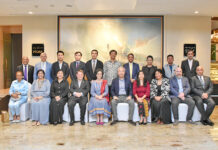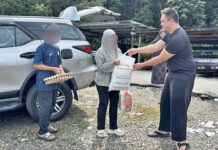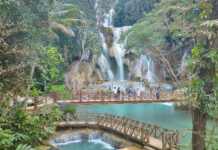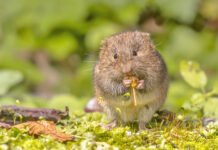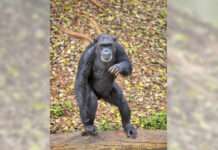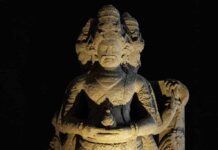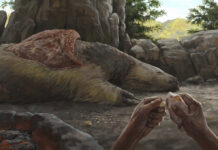ANN/THE STAR – Amidst the woods encircling Gunung Lesong National Park in Sarawak, Malaysia, a series of quiet clicks stirred significant enthusiasm recently. This occurred when a WWF-Malaysia camera trap successfully documented images of orangutans.
Senior field biologist Lukmann Haqeem Alen attested that these captured images represent the first-ever sightings of orangutans in the vicinity. This discovery underscores the crucial need for preserving the lands surrounding the national park.
In March, a dedicated team embarked on a six-month mission to deploy 39 camera traps, strategically positioned to capture the area’s diverse wildlife and gather invaluable species data.
“We did not expect to capture any orangutans because they tend to stay in the tree canopy whereas our cameras are close to the forest floor,” Lukmann said.
“But from the images that we have, it seems that the orangutans were curious and wanted to check out the camera traps.
“We’re very excited because these are the first camera trap images of orangutans in the area.
“I know in Sarawak there has been camera trapping work in other places which also captured orangutans but for the Gunung Lesong area, this is a first, and it was captured by our team so we’re pretty delighted.”
Lukmann said the camera captured images of three different orangutans, including a mother with her baby.
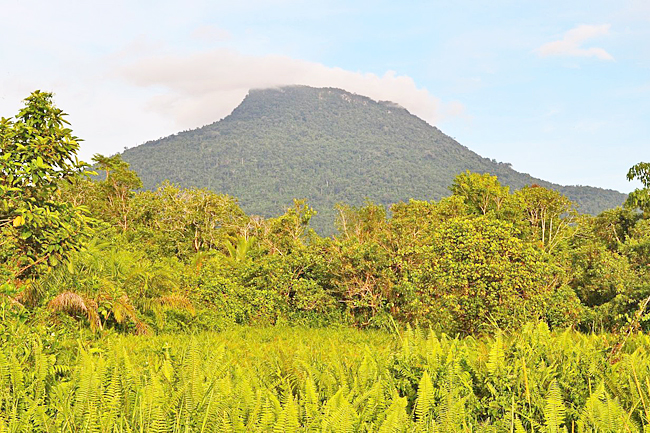
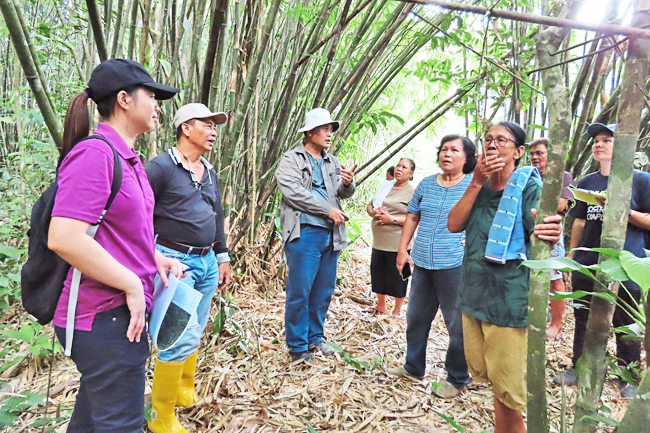
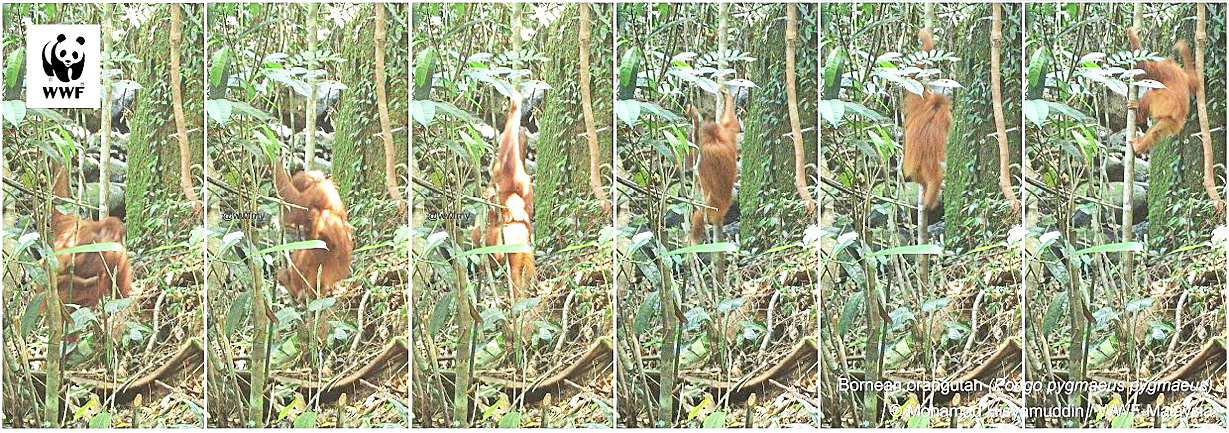
“The images show a baby orangutan clinging to an adult. A baby always clings to its own mother. That’s why we think it’s a mother and her baby.”
This area in Sarawak has been known as an orangutan habitat since British naturalist Alfred Russell Wallace visited it more than 100 years ago, but there is no estimate of the population there. Wallace, known as the co-discoverer of the theory of evolution by natural selection alongside Charles Darwin, published The Malay Archipelago: The Land of the Orang-Utan, and the Bird of Paradise in 1869.
“Wallace’s book mentions orangutans being present there. Other reports came out in 1961 by other researchers, so basically we know it’s a habitat of orangutan,” said Lukmann.
“But all this while there’s been no indication of how many orangutans are in that area or where they are. With these camera trap images we can definitely say there are at least three different individuals.”
With the images as proof of orangutans outside the national park, Lukmann said efforts must be made to conserve the area as well.
“We hope people will think more carefully about what they want to do with these areas, especially just adjacent to the national park, to ensure that the orangutans can continue to live.”
Located in Pantu subdistrict in the Sri Aman division, the 595 hectares Gunung Lesong National Park was gazetted in 2013. As it is surrounded by community lands, WWF-Malaysia is working with local villagers and other stakeholders on livelihood projects aligned with orangutan conservation to safeguard the ecosystem.
One key activity is recognising a 389 hectares wildlife corridor connecting the Gunung Lesong park with the nearby Ulu Sebuyau National Park. This helps to ensure that the orangutans and other wildlife can move between the two areas. Both national parks form a large complex of orangutan habitats with community lands in between.
“We look at the wildlife corridor as a potential connection between Gunung Lesong and Ulu Sebuyau parks so that the orangutan population can be more viable,” said WWF-Malaysia’s wildlife and habitat conservation programme officer Philovenney Pengiran.
Lukmann explained that the corridor would enable the orangutans to move between the two national parks to obtain food or breed.
“If you look at Gunung Lesong National Park, it’s a small area that is isolated from the other national park. The orangutans might need more areas than that for them to get food or to breed.
“Another reason is that in case of climate adversity, the orangutans can move to the other national park if they are connected,” he said.
Philovenney said a zonation map (a map that shows the distribution of plants or animals into specific zones) discussion was recently held with the local communities and other stakeholders about the wildlife corridor area.
“We try to identify sites that need more restoration, for example areas that experienced landslides in the past. We try to advocate for restoration of areas that are empty patches by planting more trees.
“We recommend local species that already exist there or endemic fruit trees that can benefit both the villagers and the orangutans, so the trees can produce income for the community and food for the orangutans,” she said.
Besides the wildlife corridor project, Philovenney said WWF-Malaysia is collaborating with local district offices, agriculture and forest departments and other government agencies on ecotourism and agroforestry initiatives for the Gunung Lesong communities.
“It is still in the beginning stage. We are trying to get some agroforestry activities such as kelulut (bee) farming and planting crops that will bring income to the communities. There will be training for the communities so that the people get involved.”
The Gunung Lesong project is a complex journey involving a lot of consultation with the local communities, she said. “We go to the communities to explain what the project is about and help them to understand it. At the same time we need to gather feedback from them so that we understand from their perspective how they feel about it.”
So far, the feedback on the project has been positive, she said.
Ultimately, the main objective is to empower the communities to continue having sustainable livelihoods even after the project ends, she said.
“We hope they will be stewards of the area and have awareness of conservation, at the same time balancing it with their livelihoods,” said Philovenney. – Sharon Ling



